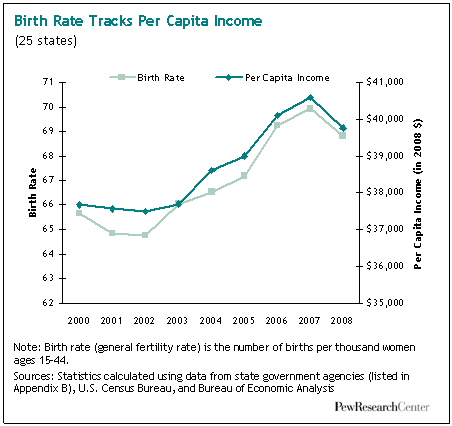Has the white population in America peaked?
White deaths outnumbered births for the the first time in a century


In a surprise to demographers, deaths exceeded births among American whites for the first time in a century, according to new data released this week by the Census Bureau.
For the year ending July 2012, there were 12,000 more deaths among the white population than the number off births. That decline came a decade earlier than was previously expected; the Census Bureau estimated last year that the white population would peak in 2024 and then decline by about 20.6 million through 2060.
While the decline in native-born whites was offset by the immigration of 188,000 new white residents, the slowing rate of the group's overall population growth underscored the radical demographic transformation the nation is undergoing.
The Week
Escape your echo chamber. Get the facts behind the news, plus analysis from multiple perspectives.

Sign up for The Week's Free Newsletters
From our morning news briefing to a weekly Good News Newsletter, get the best of The Week delivered directly to your inbox.
From our morning news briefing to a weekly Good News Newsletter, get the best of The Week delivered directly to your inbox.
Over the same period, Asian-Americans were the fastest-growing racial group, their population rising by 530,000, or 2.9 percent. The Hispanic population rose second-fastest, by 2.2 percent. With a gain of 1.1 million people, that represented nearly twice the raw growth of the Asian-American population.
And though Latinos are more commonly viewed as the focus of the big immigration debate before Congress, the census data showed that native births accounted for 76 percent of the uptick in the Latino population. By contrast, immigration accounted for 60 percent of the population growth among Asian-Americans.
Some of the overall growth may be related to the improving economy. The Asian population rose by more than 7 percent in South Dakota, a state with the fourth-lowest unemployment rate in the nation.
"It's easy to find a job here in South Dakota, so people from other states, they are also moving here," a Bhutanese refugee, Kharka Khapangi, told NPR.
A free daily email with the biggest news stories of the day – and the best features from TheWeek.com
At the same time, the Great Recession was likely responsible for some of the unexpected drop in the birth rate among whites. A Pew Research Center study of 25 states found that in 2008 the birth rate had flatlined or declined in all but three of them from the previous year.
The report found "strong associations" between changes in birth rate and change in key economic indicators, including per capita income, housing prices, gross domestic product, and unemployment rate.
"The analysis suggests that the falloff in fertility coincides with deteriorating economic conditions," the report concluded, adding that a similar pattern was observed during the Great Depression.

Another cause for the declining birth rate may be the shifting roles of women in society, the same report suggested. Another Pew study released last month revealed that women are now the primary or sole breadwinners in four in 10 American homes with children.
Overall, minorities now make up 37 percent of the population. By 2043, the Census Bureau estimates that whites will no longer be a majority of the overall population, meaning America would become a majority-minority nation.
Already, census data last year showed that for the first time, a majority of babies born in the U.S. were minorities.
Jon Terbush is an associate editor at TheWeek.com covering politics, sports, and other things he finds interesting. He has previously written for Talking Points Memo, Raw Story, and Business Insider.
-
 Political cartoons for December 6
Political cartoons for December 6Cartoons Saturday’s political cartoons include a pardon for Hernandez, word of the year, and more
-
 Pakistan: Trump’s ‘favourite field marshal’ takes charge
Pakistan: Trump’s ‘favourite field marshal’ takes chargeIn the Spotlight Asim Munir’s control over all three branches of Pakistan’s military gives him ‘sweeping powers’ – and almost unlimited freedom to use them
-
 Codeword: December 6, 2025
Codeword: December 6, 2025The daily codeword puzzle from The Week
